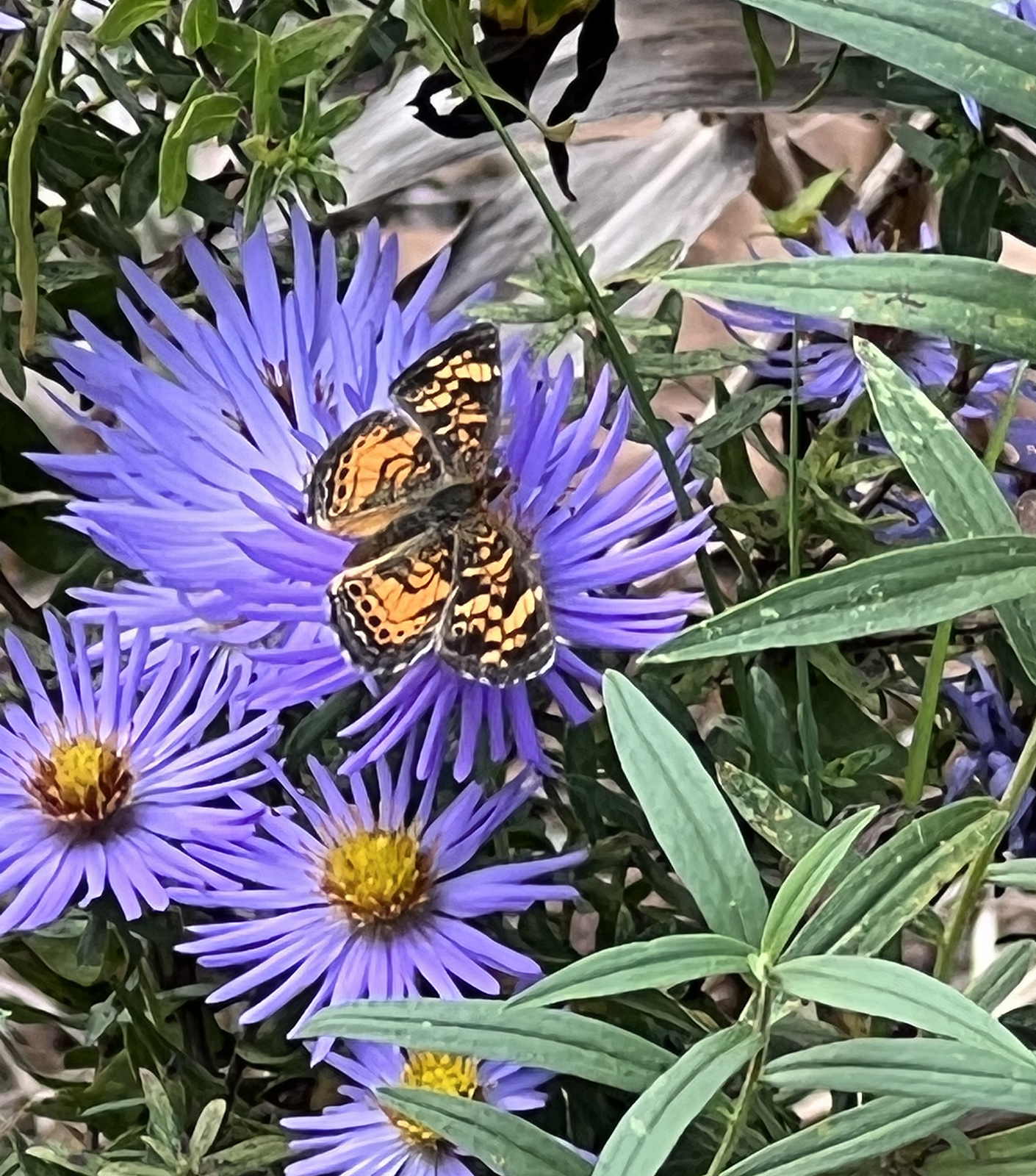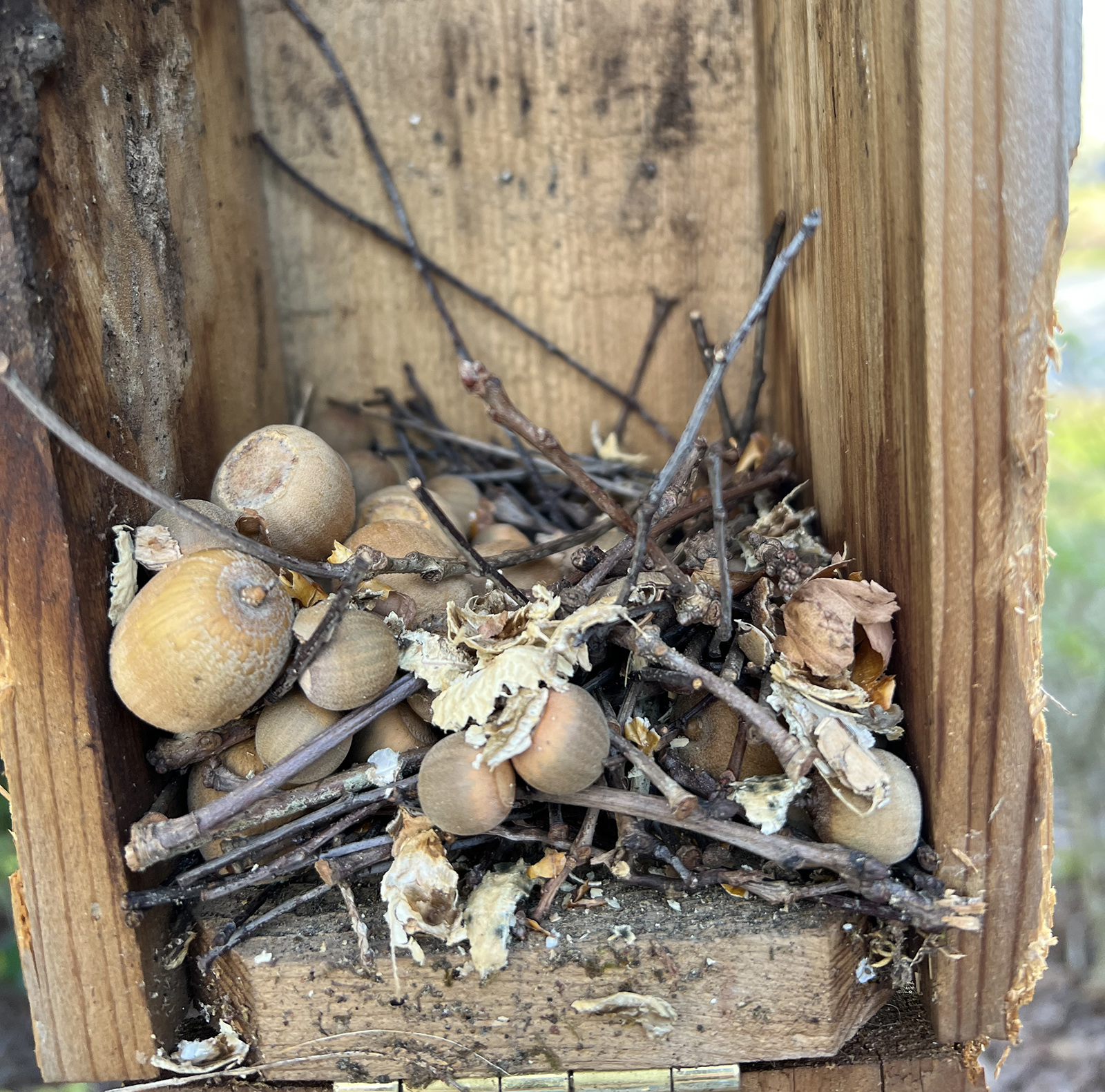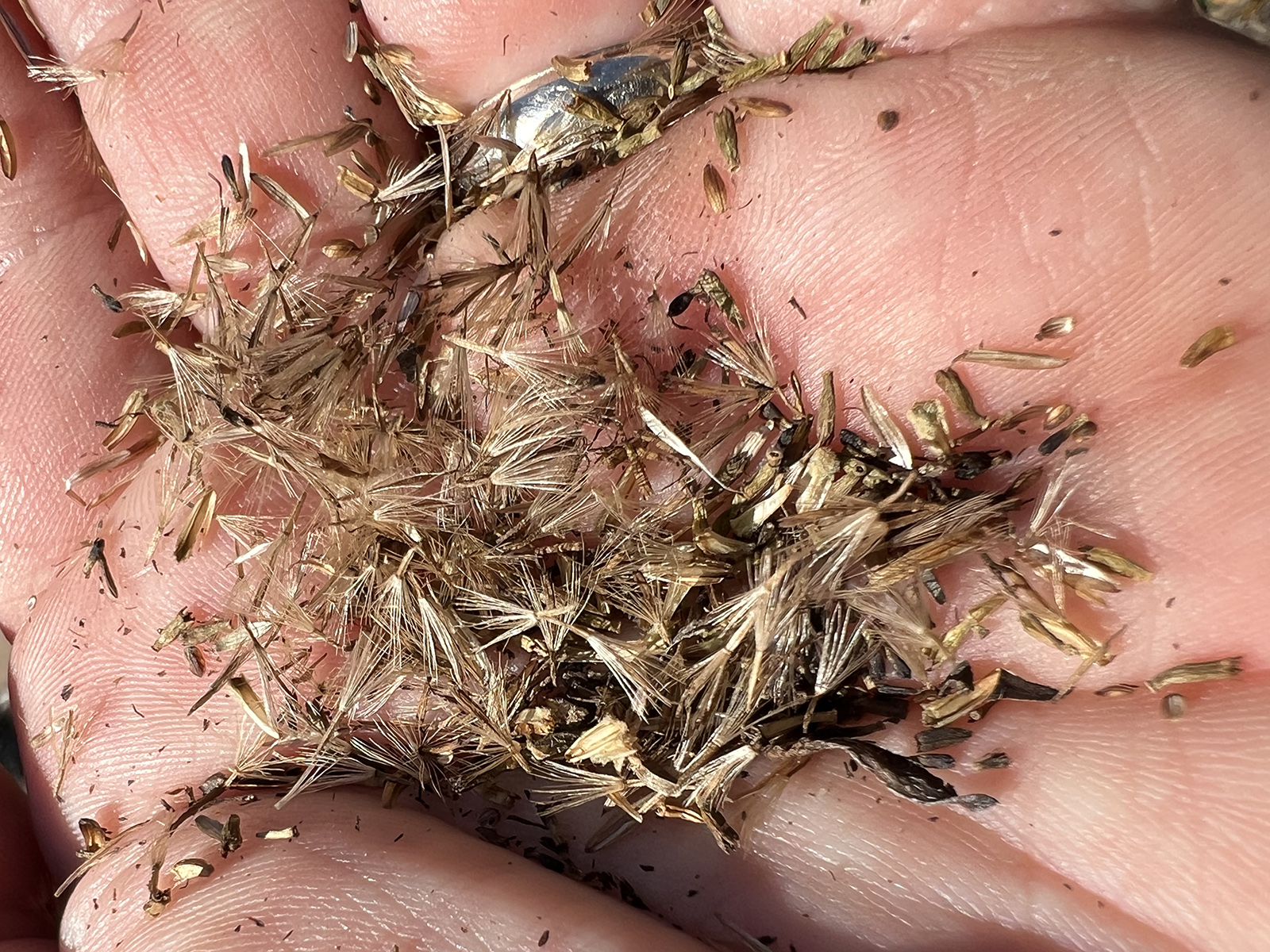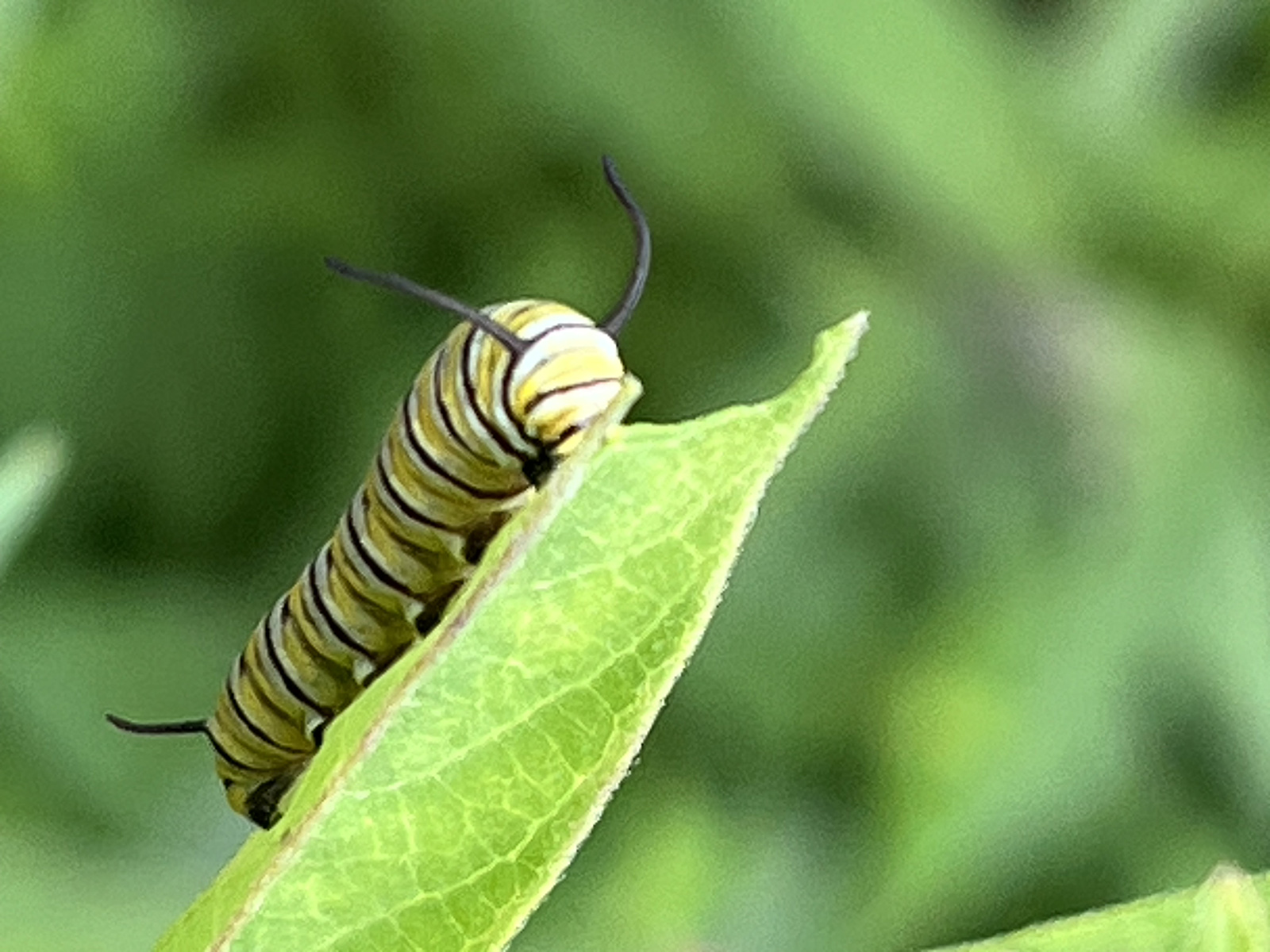By Stephen Living/DWR
Photos by Stephen Living/DWR
Food is one of the most obvious components of habitat—everything needs to eat! We might think of providing this resource with bird feeders, and, done correctly, these are a great way to view and enjoy the birds outside our windows. Wondering if feeding birds in your area is safe for the birds and other wildlife locally? Check out our Safe Bird Feeding tool.
Bird feeders can be part of your recipe, but truly creating a Habitat at Home means providing natural foods and creating a healthy food web.
The basic building block for feeding wildlife is native plants. Plants convert energy from the sun into forms that wildlife can digest and use to grow. Native plants—species that occur naturally in your area—are the best way to support wildlife. These plants are adapted to grow well and thrive when planted in the right spot. Our wildlife, in turn, are adapted to use these native plants.
Food for wildlife can be broken down into a few categories. Take a look around your space and see what you’re currently growing. Providing a variety of food types helps support diverse wildlife species through the year
Nectar and pollen: Many plants produce sugary liquid in their flowers. This nectar tempts animals like bees, butterflies, moths, and hummingbirds to visit the for a meal. This high energy food also provides protein and other nutrients. The visiting nectar-drinkers will move pollen from one blossom to another, fertilizing the flowers. The pollen itself is an important food source for many insects.

A pearl crescent butterfly collecting pollen from a smooth aster flower. This butterfly species also lays its eggs on asters.
Fruit: After being pollinated, the flowers will develop into a variety of different fruits. These native fruits are an important food source. Wildlife will eat these fruits year-round when available, but they are especially important for migrating fall songbirds that need them to refuel during journeys that span hundreds or even thousands of miles.

Pokeweed berries feed a wide variety of wildlife species and are a favorite of migrating birds.
Nuts: Hard fruits like acorns, hickory nuts, and beechnuts are a favorite for many species. Squirrels, wild turkey, deer, and blue jays are just a few that focus on energy-packed nuts.

Acorns that a flying squirrel stashed away in a nesting box.
Seeds: Not all flowers develop into big nuts or soft fruits. The seeds from native grasses and many wildflowers provide another plentiful food source. Small mammals and many birds take advantage of these picking them from flower heads or scratching them up from the ground below.

Various seeds from native wildflowers.
Leaves: Probably one of the most important foods you can provide in your Habitat at Home are the leaves of native plants (including trees). Herbivores feed on these and are them themselves food for predators. Native insects that feed on these leaves are in turn one of the most important foods for wildlife. Frogs, lizards, and small mammals feed on insects. Even other insects feed on these plant-eaters. The importance of insects for wild birds can’t be overstated—96 percent of all songbird species feed their young insects and other bugs. Bugs are the original bird feeders! To help support breeding birds we must provide habitat that supports native insects and the best way to do that is with native plants.

A monarch caterpillar feeding on a swamp milkweed leaf.
If you’re wondering which plants are native for your area, consult the Plant Virginia Natives website.
Read also:
What is Habitat? Shelter Can Protect Wildlife
What is Habitat? Space is Relative for Wildlife
Stephen Living, the DWR habitat education coordinator, is a biologist and naturalist with a lifelong love of wildlife and nature that began in the woods and streams of his childhood.


